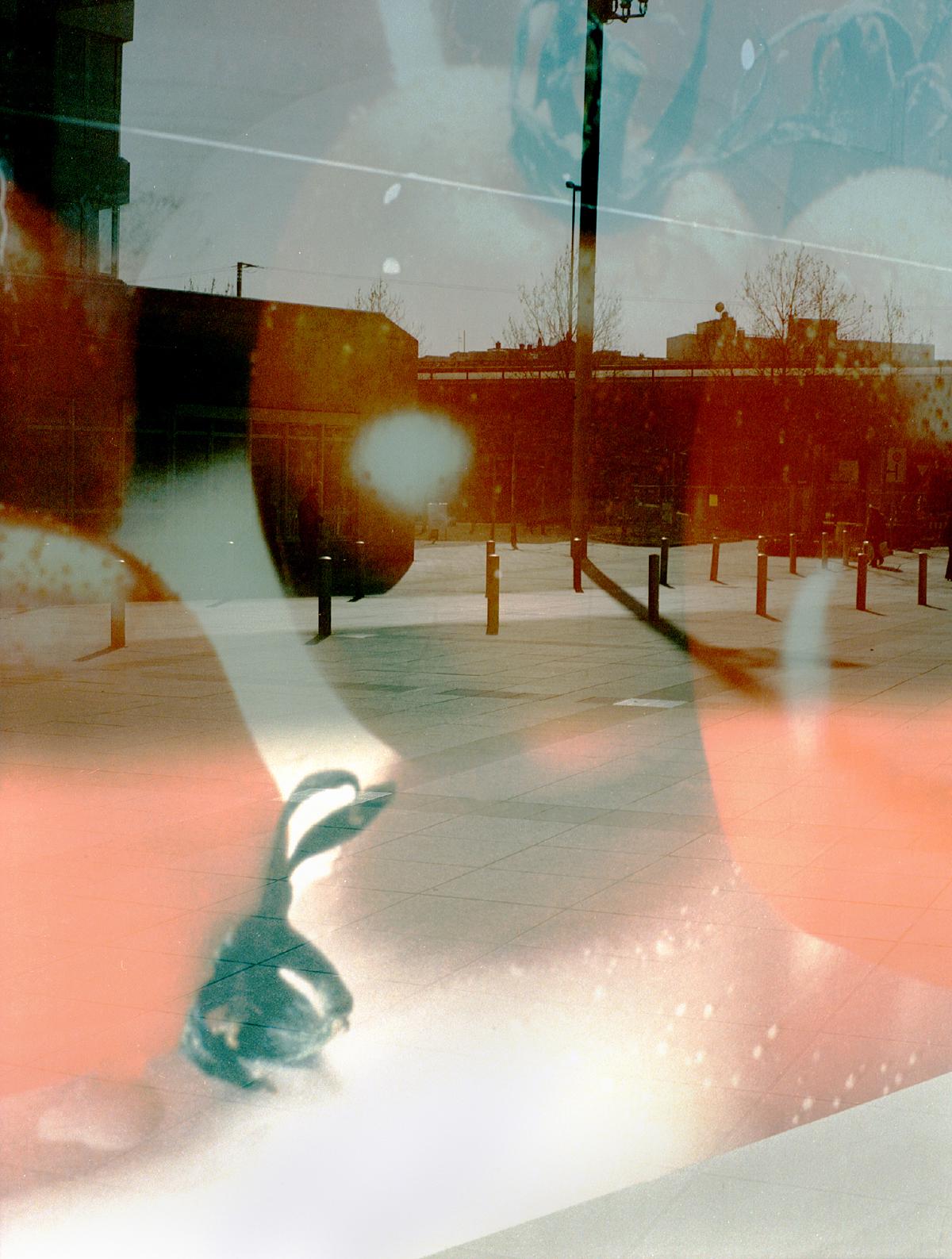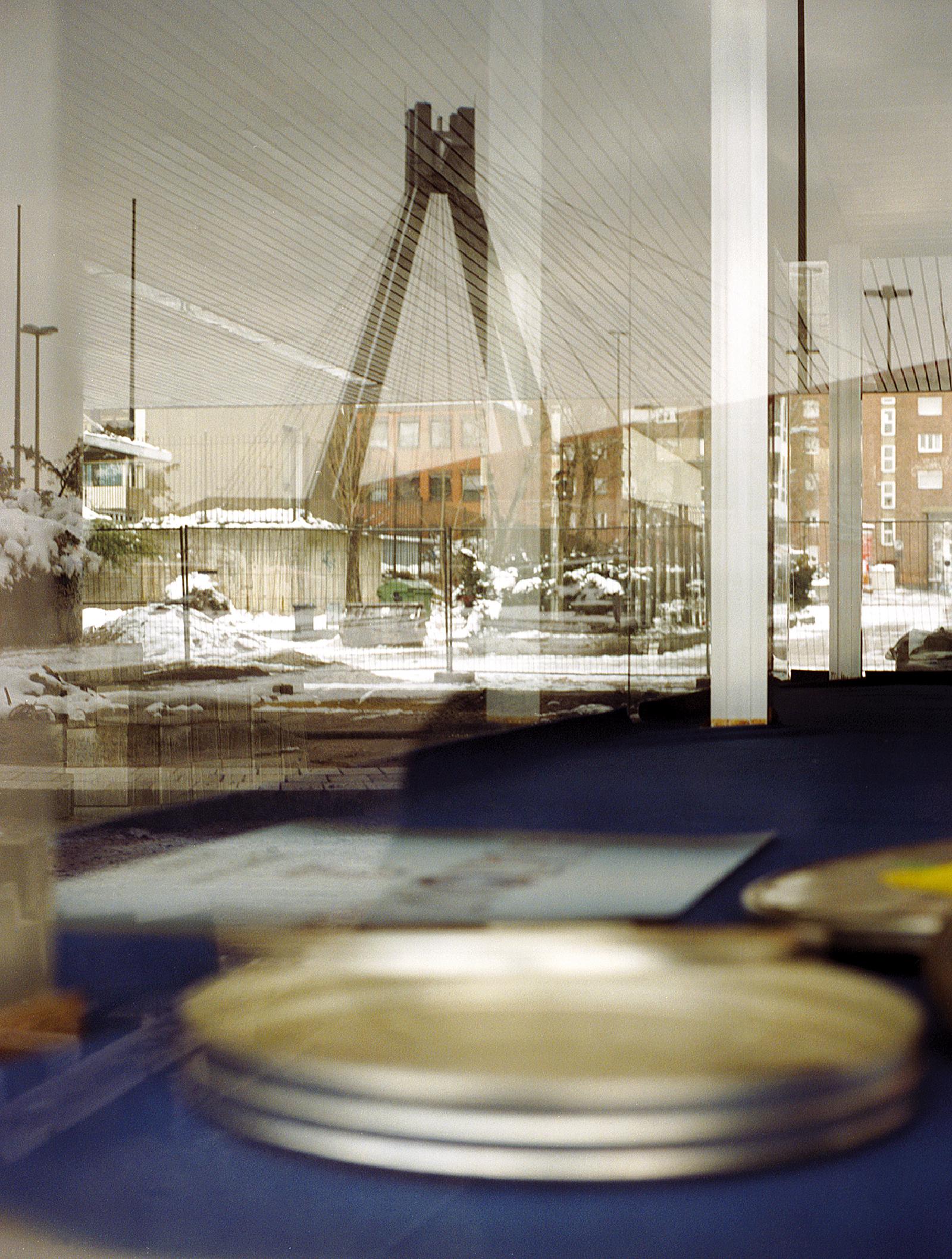5XLU - Photographers look at Ludwigshafen
| Group exhibitions | ||
|---|---|---|
| 2009 |
Who is a Foreigner? – Contemporary German Photography Musrara Mix Art Festival, Jerusalem, Israel |
|
| 2005 |
Unforeseen Vuokala 05 Savonranta, Finland |
|
| 2005 |
Escaping Photography Festival, Toronto, Canada |
|
| 2004 |
5xLu – Fünf Fotografen/innen sehen Ludwigshafen Kunstverein, Ludwigshafen, Germany |
|
Artist statement
When I walked in the streets of Ludwigshafen, the city where I went to school more then 30 years ago, I looked for places, I had an inner image in my head, because I have been there very often. Ludwigshafen is a city without a historical tradition, existing since the chemical industry started there. In my photography I avoid to confirm this image as a city only defined by the industry, because I am more interested to show places in the public area, where people try to create their own small world, where you can see their desires and sometimes their failing. It’s not possible for me to see the urban space without the imagery of mass culture, so I capture situations from every-day-life in my photographs that illustrate the interwoveness of the omnipresent icons of media with our real life. Within these pictures, reality itself appears as a collage of isolated elements. The myths that are transmitted via media are imbued with a sense of irony und thereby lose their power.

Reviews
by P. Elaine Sharpe

Wolfgang Zurborn presents us with destabilizing images. They are off-kilter deliberately. As Zurborn says „What about these pictures is real and what fictitious, what is natural and what is contructed? Where do they lead?“ The answers are not provided, the intent is to place subjectivity and interpretations of the photograph directly back with the viewer. He purposefully obstructs the view, placing branches, trees, and fabrics directly in the foreground to distract the eye on its journey inwards. The gaze is made restless, defeated in its desire to look around the corner past the obstruction. The viewer is left holding a map that is useless; everything is dependent on Zurborn sustaining the viewer in this off-balance position. He gives us fragmented and nonsensical visual clues that are perceptually skewed, the rules of composition thwarted as through they were filtered through somebody drunk or lost (or both), a body searching and being repulsed in their attempt to find the way back home. These are not listless attempts to lead the viewer on his photographs astray, a particularly curmudgeonly and yet benevolent tour guide has in fact sabotaged us. In looking at Zurborn’s images I find myself in the role of flaneuse, intent on the desire to have no destination other than to become lost in the strata of a familiar and yet unknown urban landscape. The meanderings in and out of the parallel layers of information contained within the frame are what become significant, the edges taking me back into the centre only to depart again. The images are seductive, rich, layered, almost hallucinatory and blinding at the same time. They don’t follow the rules of what an image is supposed to be. They don’t make sense and they leave us with a certainty that we understand this lost-ness. Zurborn revels in this chaos; he celebrates it and despite our resistance to this state of loss, maybe in spite of our resistance, we embrace the anti-graphic nature of that which he wants us to see.
The viewer, has been placed as an investigator on the threshold of uncertainties. In looking at the work they must address more than a singular reading of fugitive as a physical descriptor of modes of defining visual information. They must also consider the photograph’s potential for being a container of ghostly information; the photograph is both tangible as physical evidence and also made intangible when the frame is purposefully devoid of information - the image might not be what it appears to be at first glance. When we add in the fugitive subject - indicating the presence of an escapee - we cross over into a different territory. The link to landscape is no longer as clearly ordered by what is seen/scene. In order to pick up a scent, a trail of clues in what has been left behind in the evidentiary document of the photograph the attentive viewer may rely on their sense response as much as their intellect.
P. Elaine Sharpe

